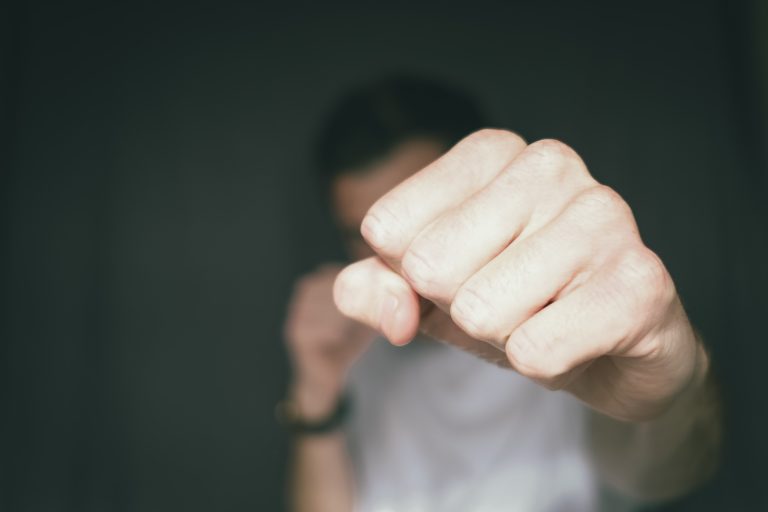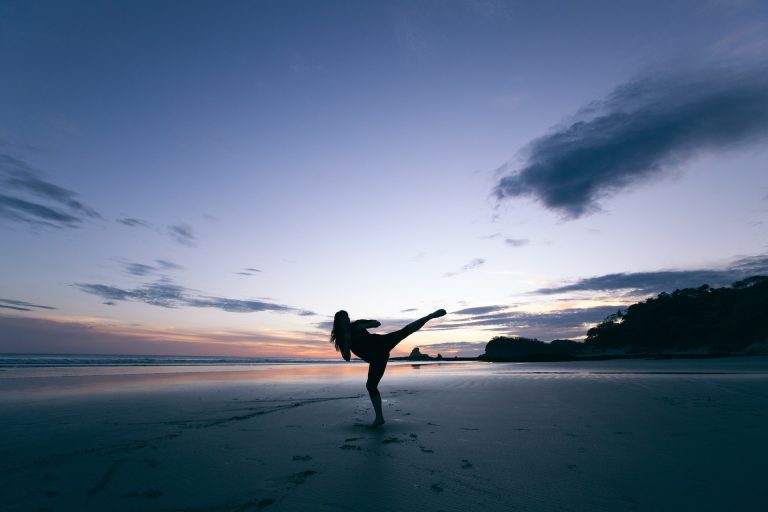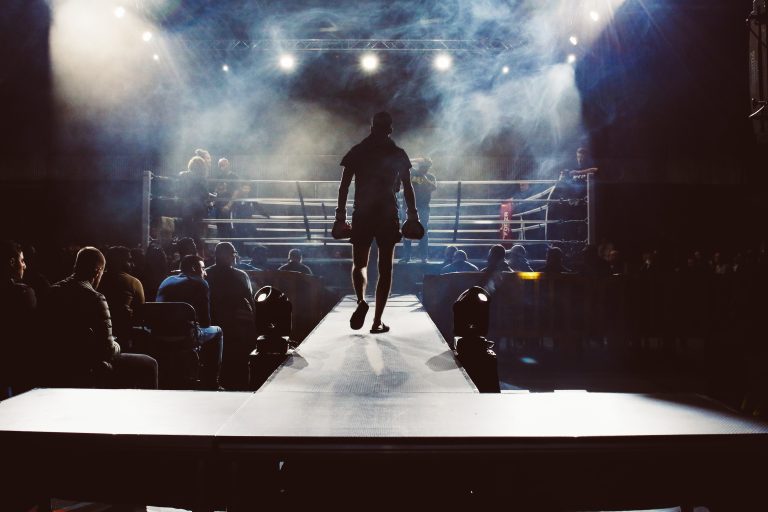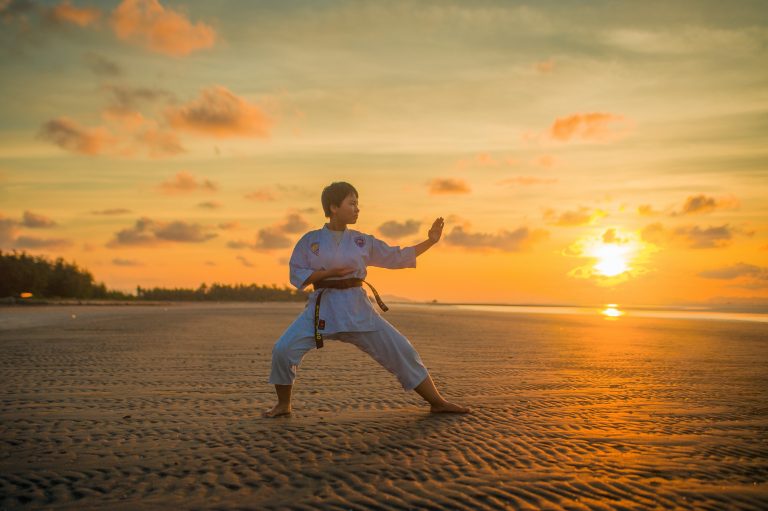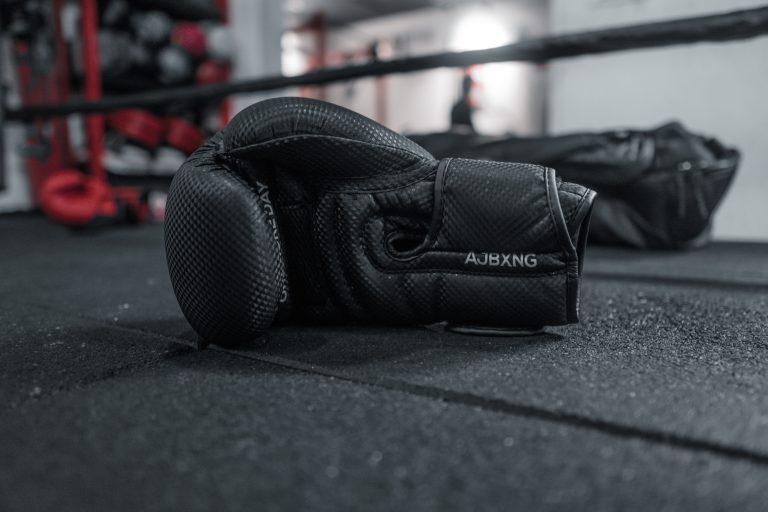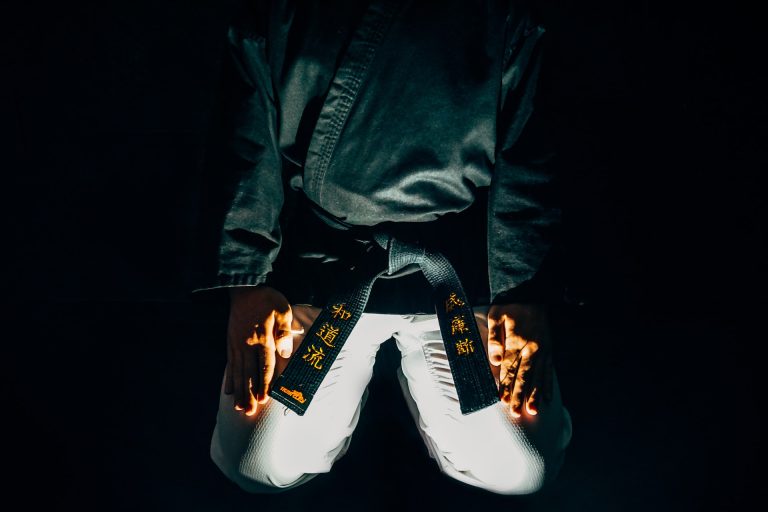Karate and the People Who Practice It: A Deep Analysis
Karate is a martial art that originated in Okinawa, Japan, and has now spread around the world. Its practitioners, known as karateka, come from diverse backgrounds and bring with them a variety of motivations for practicing the art. From physical fitness and self-defense to spiritual and philosophical pursuits, the reasons for practicing karate are as varied as the people who practice it.
The Physical Benefits of Karate
One of the most obvious benefits of practicing karate is the physical workout it provides. Karate training involves a combination of strength and cardio exercises, including kicking, punching, and jumping. Regular karate practice can lead to increased flexibility, muscular strength, and endurance.
But it’s not just the physical benefits that make karate such a popular form of exercise. Karate training is also known for its mental and emotional benefits.
The Mental and Emotional Benefits of Karate
Karate training requires focus, discipline, and perseverance. It’s not just about mastering the physical techniques; it’s also about developing mental and emotional resilience. Karateka learn to push through physical discomfort and mental barriers, building confidence and self-esteem in the process.
Karate also teaches important values such as respect, humility, and perseverance. These values are instilled through the rigorous training and the relationships developed with fellow students and instructors.
The Diversity of Karateka
Karate has a rich history and philosophy that attracts people from all walks of life. From young children to seniors, from athletes to people with disabilities or chronic illnesses, karate has something to offer everyone.
Whether they practice karate for competition or recreation, for physical fitness or personal growth, karateka all share a common passion for the art. This passion creates a community of individuals who support, respect, and mentor one another.
The Philosophy of Karate
At its core, karate is about more than just physical technique; it’s a way of living. The philosophy of karate emphasizes personal growth and development, not just on the mat, but in all aspects of life.
Karateka strive to cultivate a strong mind, body, and spirit through dedication, discipline, and self-awareness. They seek to improve themselves, not only for their own benefit, but for the benefit of others and the world around them.
The Conclusion
In conclusion, karate is a martial art that provides numerous physical, mental, emotional, and spiritual benefits. The diversity of its practitioners and its rich history and philosophy make karate a unique and fulfilling practice for those who commit themselves to it. Whether you are looking to improve your physical fitness, develop mental resilience, or cultivate a sense of purpose and meaning, karate has something to offer you.
The Most Frequently Asked Questions About Karate and The People Who Practice It: A Deep Analysis
Karate is a traditional Japanese martial art that has become popular all over the world. People practice karate not only as a combat technique but also as a fitness activity and a way to cultivate self-discipline and confidence. In this article, we will look at some of the most frequently asked questions about karate and the people who practice it.
1. What is Karate?
Karate is a martial art that originated in Okinawa, Japan. It involves various striking techniques like punching, kicking, knee strikes, and elbow strikes. It also integrates several blocks, throws, joint locks, and grappling techniques. Karate is primarily a stand-up striking art, but it also includes some grappling techniques.
2. What are the Different Styles of Karate?
There are many different styles of Karate, each with its unique approach to martial arts. Some of the most popular types of Karate include:
a. Shotokan Karate:
This is one of the most popular types of karate and is known for its long, deep stances, and powerful strikes.
b. Goju-Ryu Karate:
Goju-Ryu combines hard and soft techniques and focuses on close-range combats.
c. Shito-Ryu Karate:
This style of Karate integrates techniques from various other martial arts like judo and kendo and focuses on fluid, circular movements.
d. Wado-Ryu Karate:
Wado-Ryu is similar to Shotokan but employs a more fluid and soft approach to martial arts.
3. What are the Benefits of Practicing Karate?
Karate offers several physical, mental, and emotional benefits. Here are some of the benefits of practicing Karate:
a. Physical Benefits:
Karate is an excellent form of exercise and helps to improve flexibility, strength, endurance, and balance.
b. Mental Benefits:
Karate teaches self-discipline, focus, and perseverance, which can help you overcome obstacles in other areas of life.
c. Emotional Benefits:
Practicing karate can boost self-confidence, reduce stress levels, and provide a sense of well-being.
4. Is Karate a Safe Sport to Practice?
Like any other physical activity or sport, there is always a risk of injury in karate. However, with proper instruction and training, the risk of injury is relatively low. Karate schools typically have strict safety rules and guidelines to ensure that training is as safe as possible.
5. What is the Role of Karate in Self-defense?
Karate is an effective self-defense tool when practiced properly. It teaches techniques for blocking attacks and striking vital areas of the body. The ultimate goal of karate is to neutralize an attacker quickly and efficiently without causing lasting damage. However, it is essential to note that self-defense should always be a last resort when all other options have failed.
6. What Kind of People Practice Karate?
Karate is popular with people of all ages and backgrounds. It is practiced by men and women, children, and adults. Some people practice karate as a form of physical fitness, while others do it as a competitive sport. Many people practice karate as a way to develop more self-confidence and discipline.
7. How Long Does it Take to Learn Karate?
Learning Karate is a lifelong journey, and one can never truly master it. However, the initial process of learning the basics can take anywhere from six months to two years, depending on the individual’s level of dedication and practice. Advanced techniques and concepts can take several years to learn.
8. Can Someone With a Disability Practice Karate?
Yes, anyone can practice karate regardless of ability or disability. Many Karate schools offer classes specifically tailored for individuals with disabilities. Some types of disabilities may require modifications of the techniques or approach, but with proper instruction and adjustments, anyone can learn karate.
Conclusion
Karate is an ancient art that has survived and thrived for centuries. It has become a popular form of exercise and self-defense all over the world. By practicing karate, one can gain physical, mental, and emotional benefits that can help in all areas of life. Whether you are young or old, able-bodied or disabled, karate can be a rewarding and fulfilling experience.
Inhaltsverzeichnis

